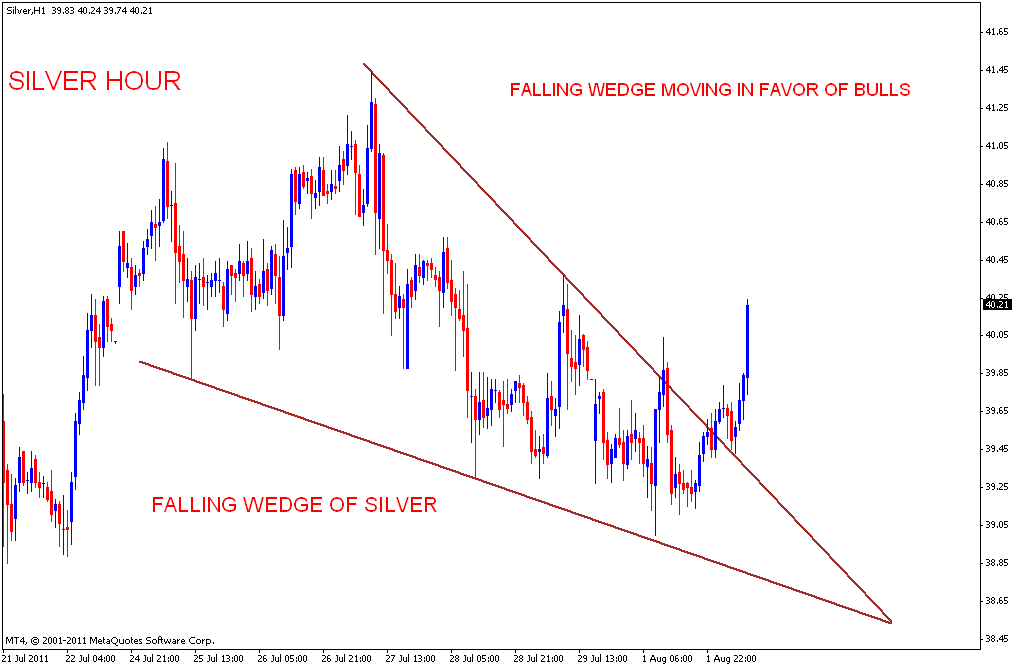

To identify this pattern you will need to spot a clear support level followed by a series of lower highs. The descending triangle chart pattern can be a bearish continuation pattern that will normally form in a downtrend. The descending triangle is the same formation as the ascending triangle, but inverse. Price is pausing, gathering more buyers and looking to then potentially continue the trend higher. You will often find this pattern in a trend higher where price pauses and begins to accumulate. This creates the higher lows and indicates the bulls may be finally ready to take control and break-through. Whilst there is a clear resistance in place that buyers are unable yet to break through, the selling by the bears from the resistance is becoming weaker and weaker each time.

The a scending triangle pattern is formed when there is a clear resistance level and price begins making a series of higher lows to form the triangle. You could look to make trades when price breaks out of the wind up phase, or look for quick break and intraday retest trades. This is also a high probability way to look at the symmetrical triangle for potential trade setups. In other words if price was trending higher before moving into consolidation, it will often break higher in the same direction completing the continuation. This also shows that neither the bulls or bears have any control over the current movement.Īs with all continuation patterns, price will most often look to continue with the same move it was in before it moved into the consolidation phase. When this pattern is forming it creates lower highs and higher lows that look like a squeeze and price action tightening. The symmetrical triangle pattern is a classic sideways pattern where the market is consolidating. There are three different triangle patterns that are each discussed below ascending triangle, descending triangle and symmetrical triangle. The chart patterns discussed in this lesson are not just one or two candlestick patterns, but are formed by the recent price action history to show a potential market reversal or continuation breakout trade. This is where price makes a move, pauses and forms the inside bar, and then continues in the same direction. With these candlestick patterns price will move higher or lower before forming the reversal candlestick and moving back in the opposite direction.Ĭontinuation patterns can be a breakout trade where price breaks from a pause or consolidation, or a continuation after a short pause in a move higher or lower.Ī simple continuation candlestick pattern that is often used is the inside bar. An example of a reversal trade setup often used with candlesticks is the pin bar or engulfing bar. There are two major types of chart patterns that we are going to look at and discuss in today’s lesson Ī reversal pattern occurs when price ‘reverses’ its current direction. These include market reversals, 123 pattern, double tops and double bottoms and swing highs and lows to find high probability trades. In today’s lesson we discuss the pennant, triangle, wedge, and flag chart patterns, but there are many others you can also use and you will find lessons for on this site. These include the recent trend, the major support and resistance levels and other patterns price is forming. To increase the chances of making a winning trade you can use many price action clues to see what the markets could be looking to do. If a pin bar is being played from a poor area, then the chances of making a winning trade are low. Whilst using one and two candlestick patterns such as the pin bar reversal are extremely popular for finding trade setups, they are only as good as the area that the trade is being taken from.
#FALLING WEDGE PATTERN HOW TO#
How to Trade the Pennant, Triangle, Wedge, and Flag Chart Patterns


 0 kommentar(er)
0 kommentar(er)
